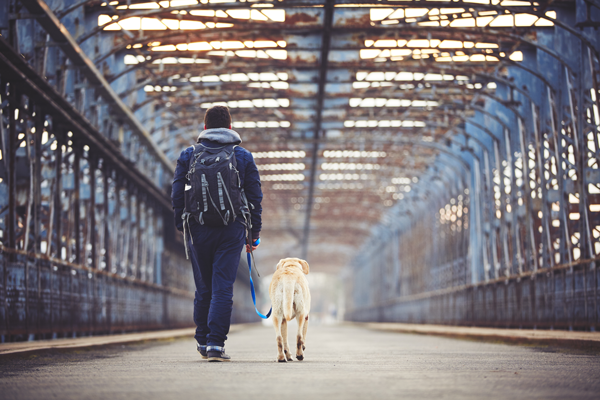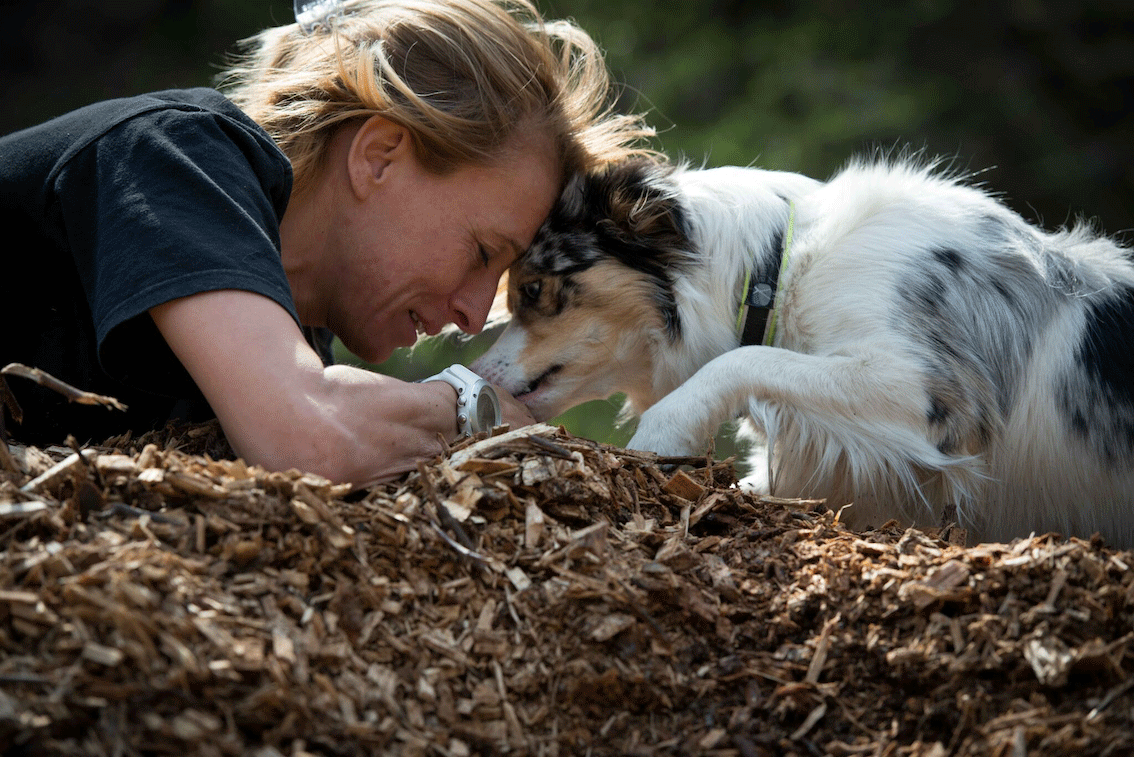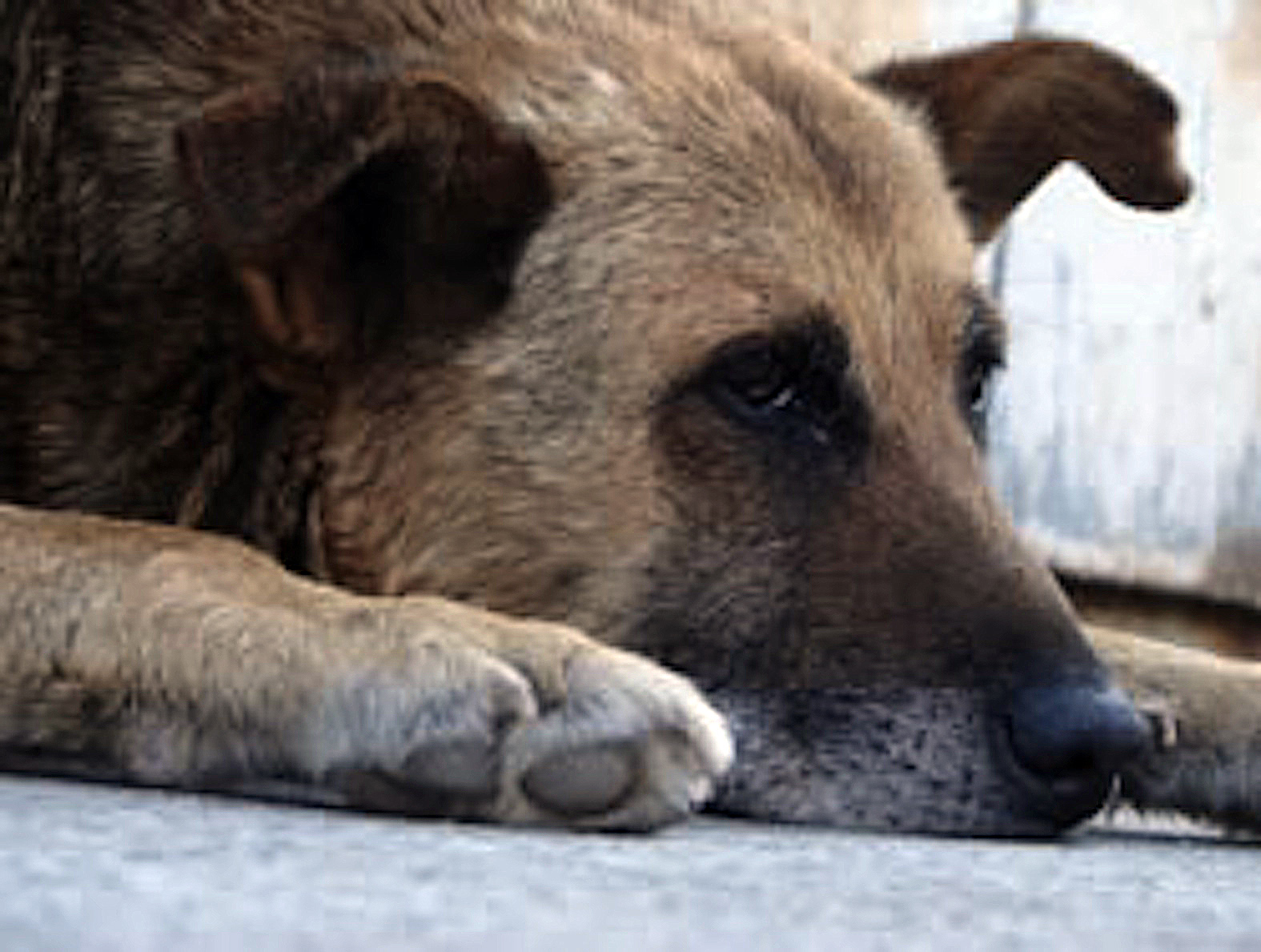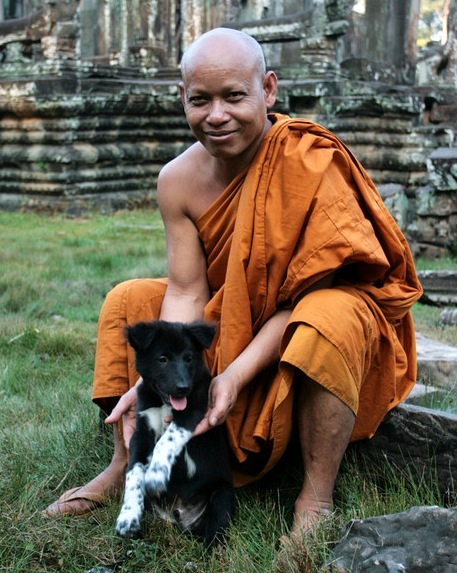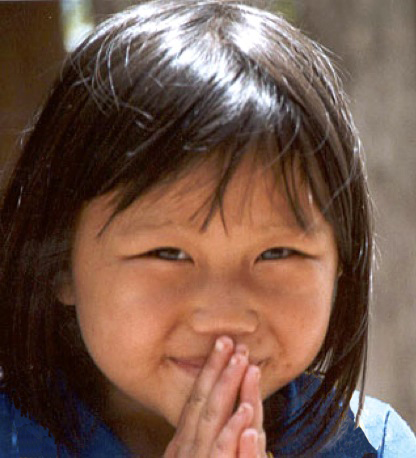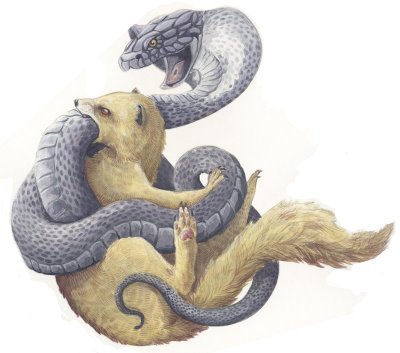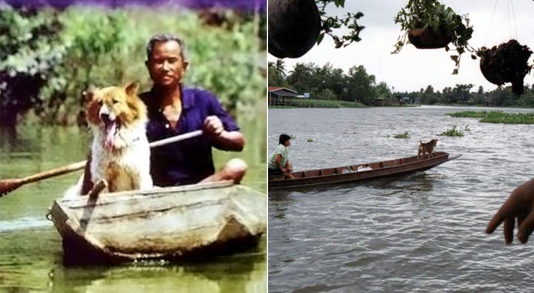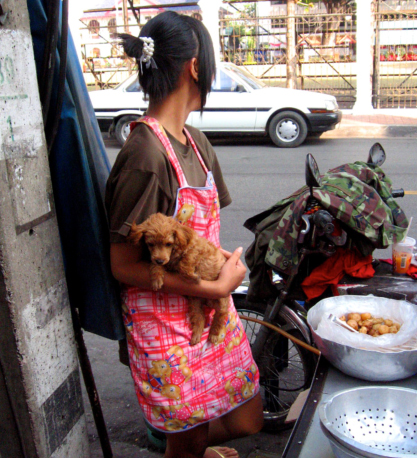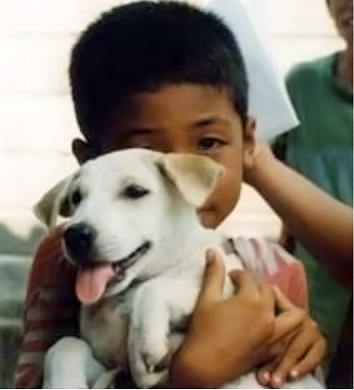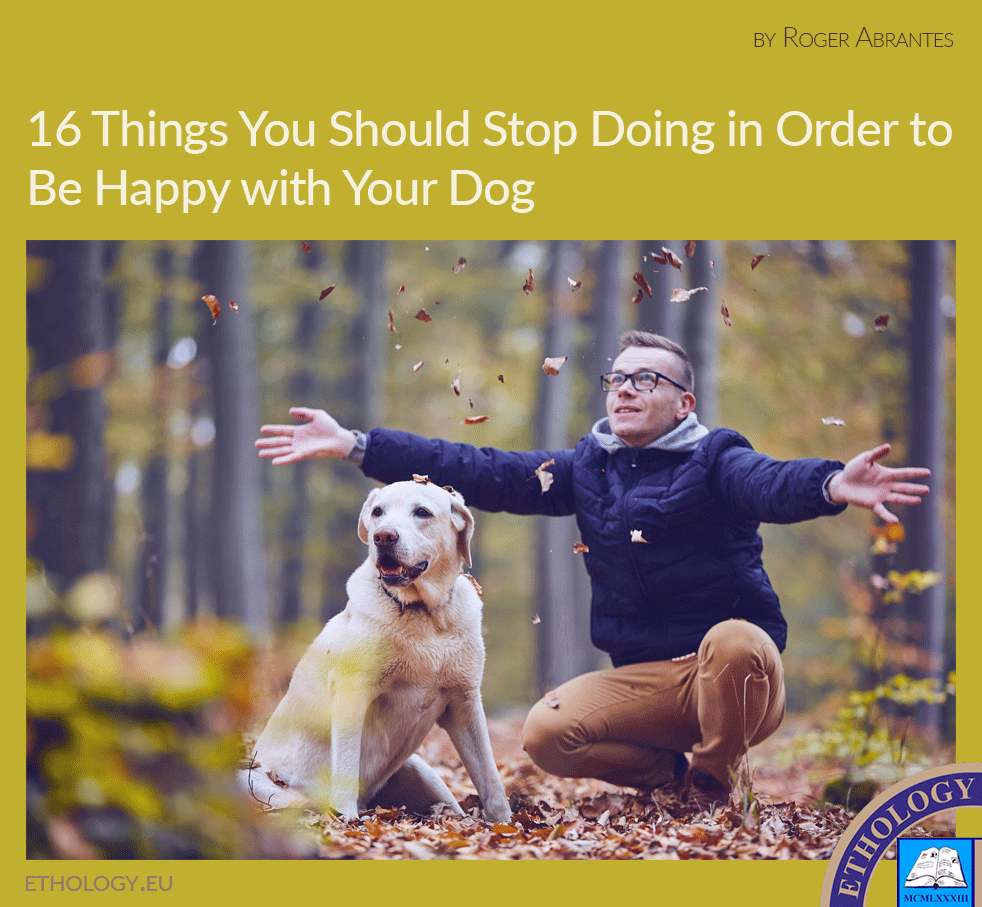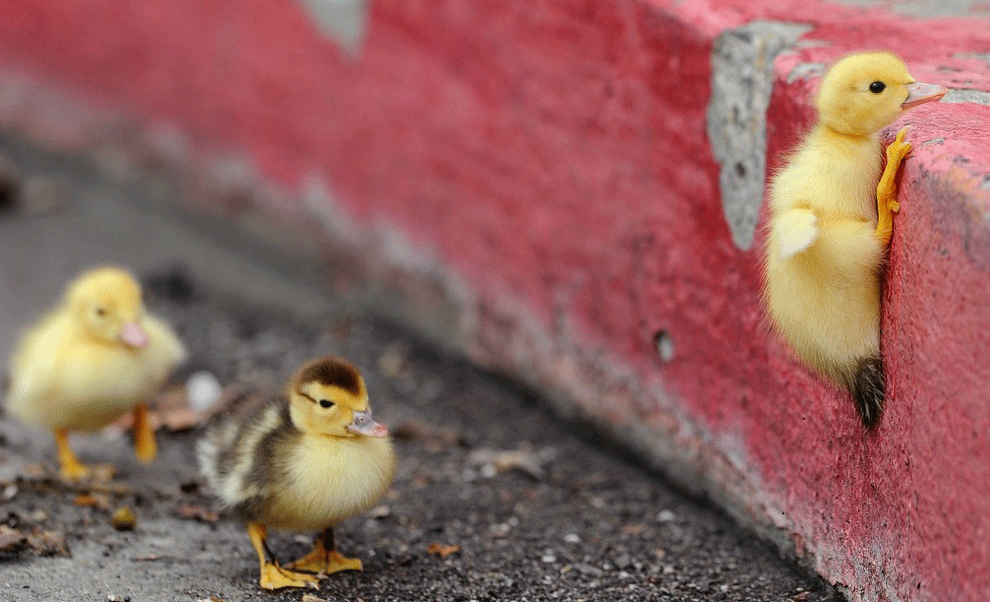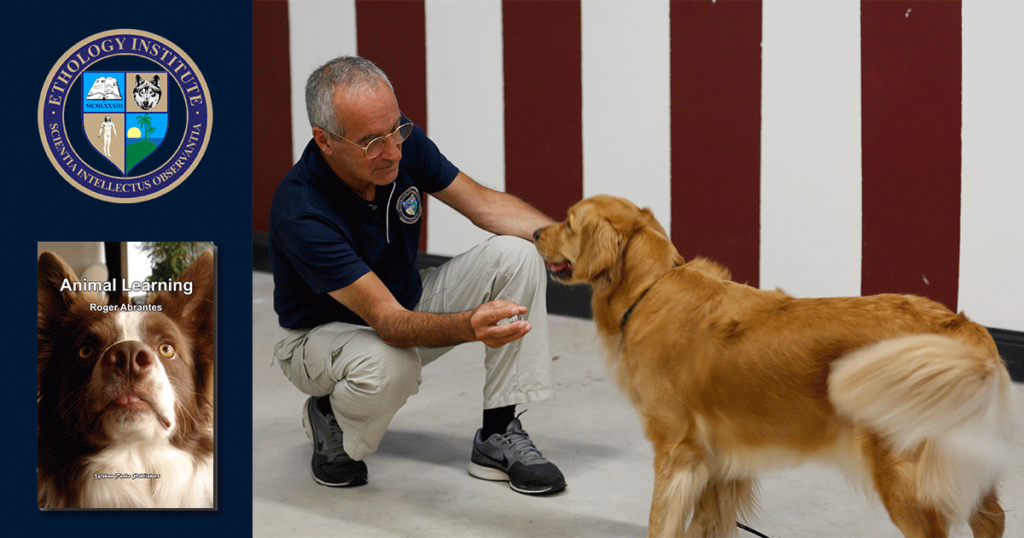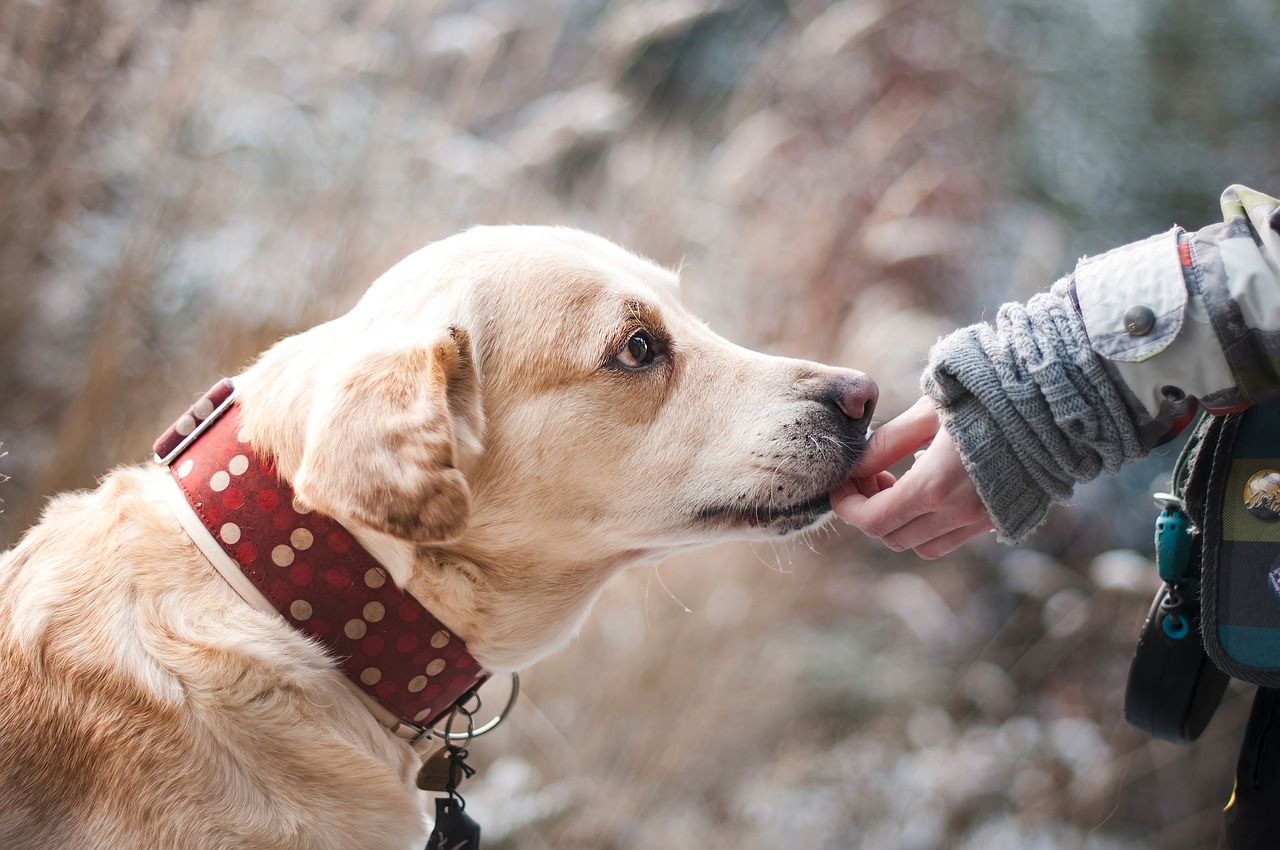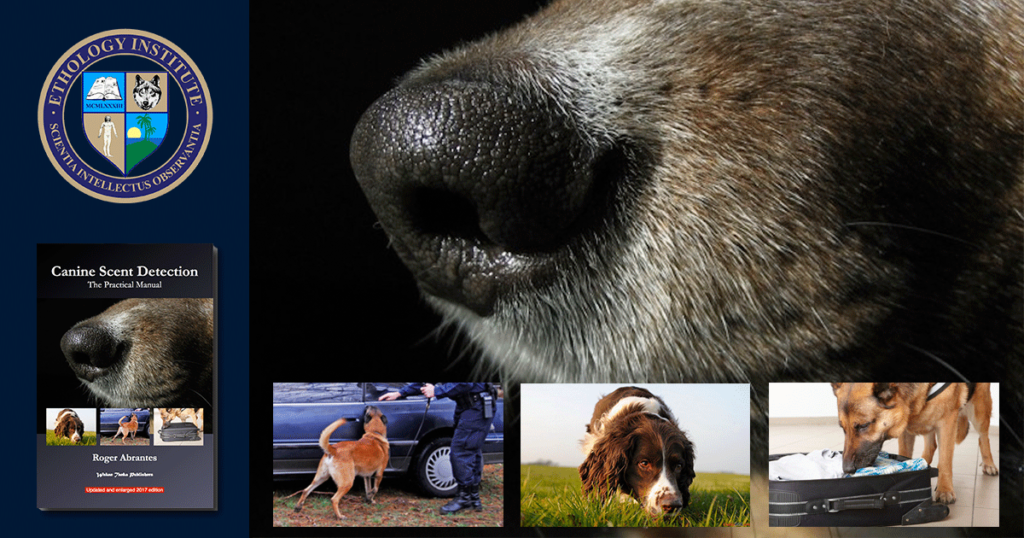5. Stop believing in old wives’ tales—be critical
The world is full of irrational, unfounded old wives’ tales. These days, the Internet provides us with quick and easy access to a lot of valuable information—and a lot of junk as well: bad arguments, bad definitions, unsubstantiated claims, fallacies, emotional statements, pseudo-science, sales promotions, hidden political agendas, religious preaching, etc. Of course, in the name of freedom of expression, I believe everyone should be allowed to post whatever they like, even the purest and most refined crap—but both you and I also have the right to disregard it. Use your critical thinking. Don’t stop asking yourself, “How can that be?” and “How did he/she come to that conclusion?” Suspend judgment and action until you have had time to ponder on it and, if necessary, seek a second and third opinion. If the argument is sound and you like it, then do it. If the argument is sound, but you don’t like it, don’t do it and think more about it. If the argument is unsound, reject it and think no more about it. Make up your own mind and do what you think is right.
6. Stop caring about labels—be free
We are over-swamped by labels because labels sell, but they only sell if you buy them. Should you be a positive, ultra-positive, R+, R+P-, balanced, naturalistic, moralistic, conservative, realistic, progressive, clickerian or authoritarian dog owner? Stop caring about what label you should bear. When you enjoy a great moment with your dog, the label you bear is irrelevant. A label is a burden; it restricts you and takes away your freedom. Labels are for insecure people who need to hide behind an image. Believe in yourself, be the dog owner you want to be and you won’t need labels.
7. Stop caring about what others think—live your life
You spend very little time with most of the people you meet, significantly more with family and close friends, but you live your whole life with yourself. So, why care about what other people think about you as a dog owner or your dog’s behavior, when you probably won’t see them again or will only ever see them sporadically? If they like you and your dog, fine. If they don’t, it’s not your problem.
8. Stop complaining—don’t waste your time
You only have a problem when there is a discrepancy between the way things are and the way you expect them to be. If your expectations are realistic, try and do something about achieving them. If they’re not, stop complaining, it’s a waste of time and energy. If you can do something about it, do it. If you can’t, move on. Period.
9. Stop excusing yourself—be yourself
You don’t have to excuse yourself or your dog for the way you are. As long as you don’t bother anyone, you are both entitled to do what you like and be the way you are. You don’t need to be good at anything, whether it be Obedience, Agility, Musical Free Style, Heel Work to Music, Flyball, Frisbee Dog, Earth Dog, Ski-Joring, Bike-Joring, Earthdog, Rally-O, Weight Pulling, Carting, Schutzhund, Herding, Nose Work, Therapy, Field Trials, Dock Dogs, Dog Diving, Disc Dogs, Ultimate Air Dogs, Super Retriever, Splash Dogs, Hang Time, Lure Course Racing, Sled Dog Racing or Treibball; and you don’t need excuses as to why not. You don’t even need to excuse the fact that your dog can’t sit properly. Change what you want to change and can change. Don’t waste time and energy thinking about what you don’t want to, don’t need to or can’t change. Do whatever you and your dog enjoy so that both of you are happy. It’s as simple as that!
10. Stop feeling bad—act now
If you’re unhappy with any particular aspect of your life with your dog, do something to change it. Identify the problem, set a goal, make a plan and implement it. Feeling bad and guilty doesn’t help anyone—it doesn’t help you, your dog, or the cherished ones with whom you share your life.
11. Stop your urge to own—be a mate
The ownership of living beings is slavery; and, thankfully, slavery is abolished. Don’t regard yourself as the owner of your dog. Think of your dog as a younger and less experienced mate you are responsible for and needs your guidance. You don’t own your children, your partner or your friends either.
12. Stop dependency—untie your self
Love has nothing to do with dependency, obsession, and craving, quite the contrary. Love your dog but don’t create mutual dependency. Have a life of your own and give your dog some space. You and your dog are two independent individuals. Enjoy living together as free agents, not being addicted each other. Stop projecting yourself onto your dog.
13. Stop turning your dog into a substitute—show respect
A dog is a dog, and it is indeed a remarkable living being. Love it, enjoy its company, but don’t make it a substitute for a human partner, a friend, a child or a spouse. To expect anyone to be a substitute is the greatest disrespect you can show to a human as well as non-human animal—and to yourself. Stop letting your dog play a role for you and begin to love your dog as a dog.
14. Stop rationalizing—be truthful
All relationships are trades: you give and you take. There’s nothing wrong with that as long as there is a balance. Be honest with yourself: what does your dog give you and what do you give your dog? If you find that one of you is almost solely a giver or a taker, think about it and redress the balance. Your dog needs you, just as you need your dog and there’s nothing wrong with that, as long as you both are givers and takers. You didn’t get your dog just to save the poor, little creature. You got your dog so you could both enjoy a solid and productive partnership.
15. Stop wanting what you can’t have—be happy with what you’ve got
That is a very common human characteristic: you always want what you haven’t, and you are blind to all the good you do have. Your dog gives you a great deal. The two of you can be perfectly happy together, even if your dog is not particularly good at anything. It’s amazing how dog owners say they love their dogs, and yet they spend most of the time trying to change them. Focus on what you do have, not on what you don’t, appreciate it and be grateful for it.
16. Stop fighting yourself—follow your heart
There are many different ways of being a good dog owner, and yours is your own and different to everyone else’s. It’s your life. As long as you don’t harm anyone, live it the way that feels good for you. Listen to experts, ponder on their advice, but, at the end of the day, do what you feel is right for you, follow your heart. Be yourself.
Life is great!



